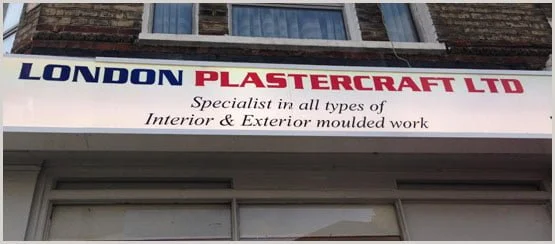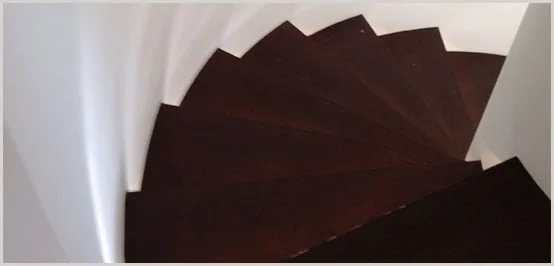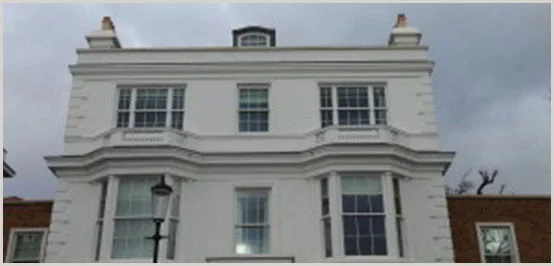

London Plastercraft Ltd was formed in 1990, by directors Mark McKeever and Bill Thompson, we have had our showroom based in London for almost 20 years and in that time have built an excellent reputation. London Plastercraft have worked across the United Kingdom and in some parts of Europe and have produced the highest quality work.
Some of our plaster mouldings have been stripped back to their original condition, and others replicated exactly as we found them with imperfections and layers of paint which help them appear original and not so obviously new, which is a major advantage when working on period properties. All too often mouldings stand out because their condition looks much newer than it should.
List of our main services include:
Supply and Supply and fix service available on all of our plaster products. Free quotation appointments. Expert advice on all types of interior and exterior works. We use GRG, GRC, GRP, Stucco, Lime Plaster and sand and cement for exterior use.
We work with architects drawings.
We work on new builds, residential homes, listed buildings, commercial properties and more. Restoration work that includes lath and plaster ceiling repair and cornice cleaning. Match to existing. Delivery for supply only orders. Historical and modern plaster works and traditional run in situ.
Advice when choosing Cornice Moulding:
Cornice moulding (Eg plaster coving, plaster moulding) are the terms used in reference to any type of decorative trim that sits between the tops of interior walls and ceilings. The idea that is instead of having ordinary square corners and crevices, you add a touch of style and sophistication to your ceilings with additional decorative features.
Plaster cornice is far from a new design trend, it has been used in homes and various famous landmarks throughout the world for many centuries.
Homes with generally high ceilings have tended to choose a very large ornate cornice moulding, but depending on the time period of the property (Edwardian 1901-1910), Victorian (1837-1901), Georgian (1714-1830), clients generally pick the cornice from the correct time period of their property. Also prior to starting the project you’ll need to think carefully about the design and shape that is most likely to compliment and enhance your space rather tan overwhelming it.
At the opposite end of the scale homes with generally low ceilings have tended to choose much smaller cornice/coving designs. But there has never been a specific ‘rule’ when it comes to the size and shape of needed – it is simply a case of being mindful of the size and shape of your room when you are choosing your plaster cornice/coving.




